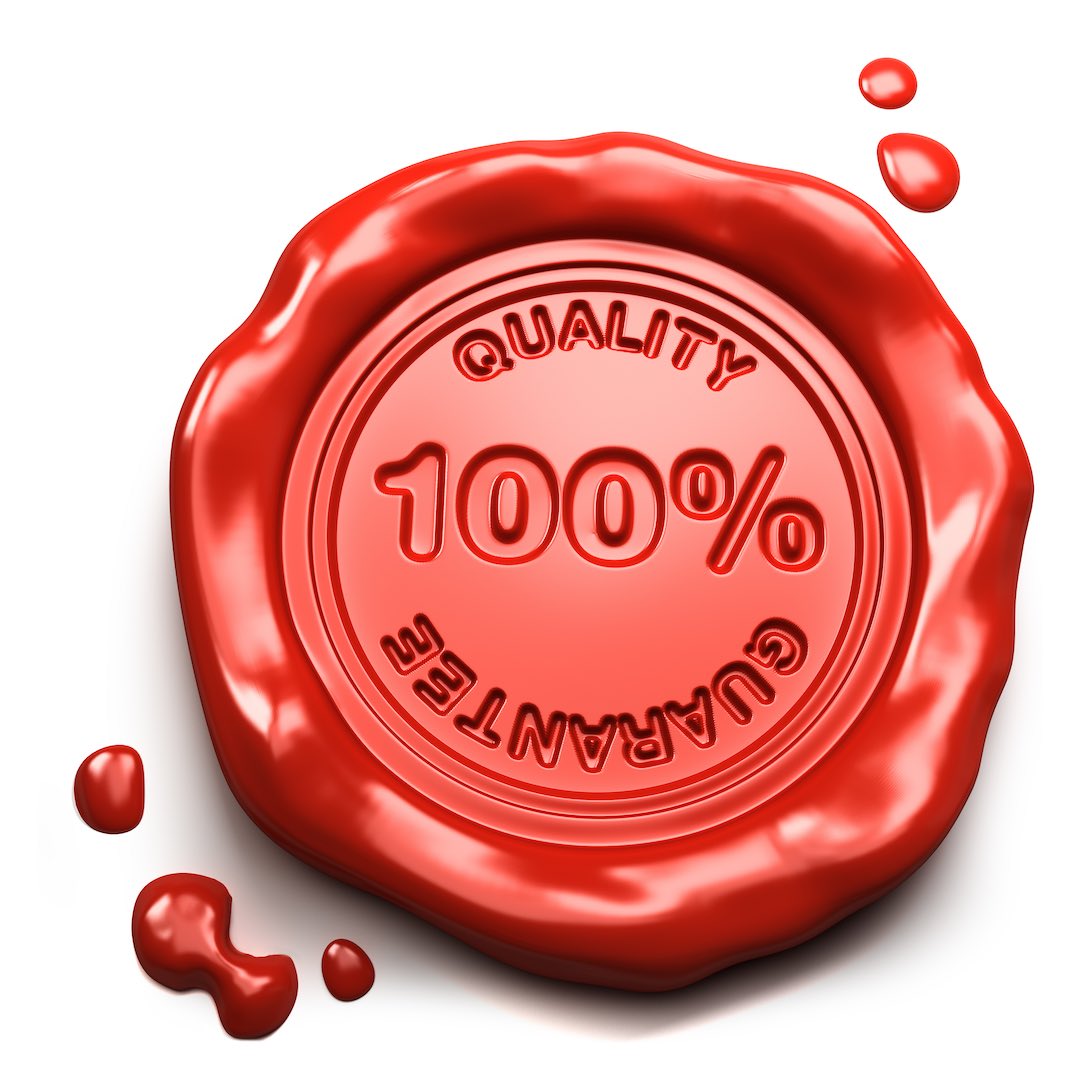 Once your brand sells, there is no question about the value of your brand equity. It’s the time before that sale is final when your brand’s equity is a moving target. However, it is possible to understand the factors, or metrics, that determine that value – even before it’s acquired. Knowing these numbers can help you determine the effectiveness of your brand building efforts, and ultimately justify your asking price.
Once your brand sells, there is no question about the value of your brand equity. It’s the time before that sale is final when your brand’s equity is a moving target. However, it is possible to understand the factors, or metrics, that determine that value – even before it’s acquired. Knowing these numbers can help you determine the effectiveness of your brand building efforts, and ultimately justify your asking price.
To determine the real estate value of your home, a big factor is comparable sales -sales of homes that recently sold in the same or a similar location, same approximate square footage, bedrooms, bathrooms, etc. Another principal factor is the market. Is it a buyer’s or a seller’s market?
Brand value is similarly based on comparables, but now it’s annual revenue, market share, territory, growth rate, number of units per year, current inventory, and purchase orders – just to name a few. But it’s also subject to the same critical determining factor as your home value – the market at the time of the sale. So to get an idea of your brand’s current value you must discover what like brands that recently sold were doing in all the above comparables, and what they sold for. Then look at if you are in a time when brands in your category are in demand, or if there is a surplus.
We regularly took an investment broker to lunch to ask about recent sales in our category. By understanding the metrics of the brands that sold we could better understand if we were approaching the numbers buyers wanted to see.
But even if we had achieved the numbers that made our brand an acquisition target based on last year’s sales, in the current year there may be less demand. So we had to wait until the market came back, all the while plugging away at the numbers. We wanted to compare well to any business in our category that had recently sold. So even though trying to measure your brand equity before the sale is final is a moving target, it still is a worthwhile and timely pursuit.
Achieving the comparable metrics to become an acquisition target has little value without competing buyers. So we advise our clients to make a short list of their potential acquirers. Your acquirer has to see how your brand fits in to their portfolio, how it will expand their market influence, and how their efficiencies of scale will increase their profitability. Factors like the scalability and uniqueness of your brand are also basic considerations.
Potential buyers will be aware of what the implications are if their competition acquired your brand. Some brokers will tell you that the best way to get the most for your brand equity is to start an “auction” between two or more interested parties. We don’t think so. You can have an implied auction through a private sale by having all your acquirer’s due diligence prepared for them in advance and giving the one you favor the right of first refusal for a very limited time. They will see how organized you are and know that you could easily offer the package to their competition.
The public auction style sale will tip off your employees, buyers, vendors and creditors who may take defensive actions to protect their security and thus diminish your brand equity.
With all the metrics and analytics you gather to determine your brand equity value, you are still subject to the market. So be careful and be prepared for when that big day comes! The value of your brand equity depends on it!

